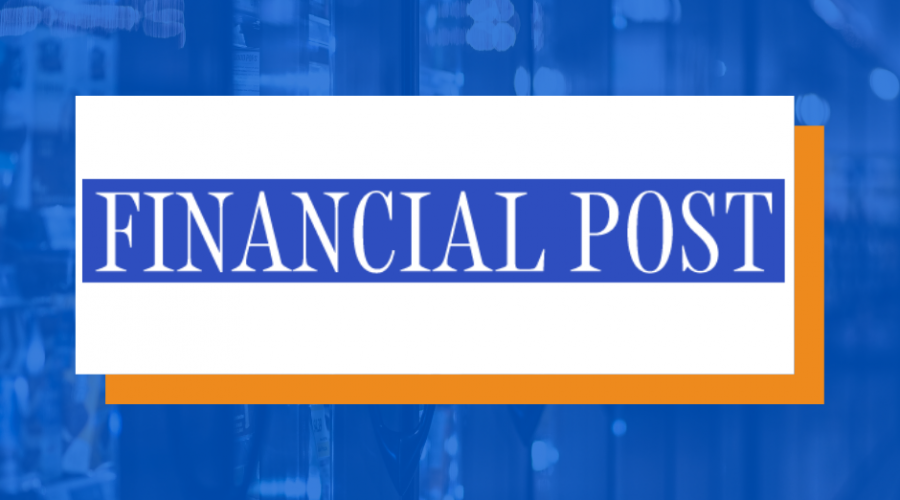For more housing and less real estate havoc: rezone and dezone
Would help cities avoid a post-COVID commercial real estate disaster while also addressing the pre-COVID housing crunch

The economic havoc from COVID-19 has made the 2008 financial crisis look like a hiccup. Along with airlines and live entertainment, commercial real estate may end up being one of the hardest-hit sectors. Businesses we rely on in good times, both large and small, are facing foreclosure and bankruptcy. Retail locations, restaurants and commercial office space will become vacant and there is no guarantee demand will come all the way back to fill the void.
Part of our new reality is that millions of Canadians have seen the viability of working from home, or at least working from the office at a significantly reduced level. E-commerce giant Shopify announced last month it would become a remote-by-default workplace, with CEO Tobi Lutke going so far as to say that “office-centricity is over.” So long as productivity can be maintained, other corporate entities are likely to follow Shopify’s lead and forego the expensive overhead of downtown office space. That means a potentially significant increase in office vacancies, especially in places like Toronto, Vancouver and Montreal.
If demand does wane, firms that own office towers in major Canadian cities will be left with empty space and hemorrhaging costs. What to do? Un-zoning or rezoning such spaces would be a way to make the overall real estate market more dynamic.
At the moment, it is very difficult and time-consuming to navigate the zoning restrictions that prevent firms from converting commercial spaces into residential units. Toronto, for example, has thousands of pages of zoning rules and regulations that limit how space can be used. Applying for a space to be rezoned is onerous and takes a minimum of nine months to be completed and reviewed. In order to apply to have the city rezone a property from commercial to residential, the applicant often needs to provide: an archeological assessment, a services and facility study, an environmental impact study, an energy strategy, a heritage impact statement, a natural heritage impact study, their planning rationale, their public consultation report and a transportation impact study — on top of their own formal plans. Un-zoning or rezoning swaths of commercial space without requiring this regulatory rigamarole could be a way for local governments to help industry survive the worst of the economic downfall.
Relaxing zoning for most of these commercial real estate spaces would also ease pressures on the supply side of the housing market. In cities like Vancouver and Toronto, the supply of housing has seldom kept up with demand, which is why residential vacancy rates in these major cities are usually at or below one per cent. In Toronto, the Toronto Real Estate Board has shown how demand has generally outpaced supply by tracking average home prices. The average price of a home in Toronto has tripled since 2005. Toronto’s inability to build new housing stock hurts renters more with each passing day. In January, it was forecast that rents in Toronto would rise seven per cent in 2020, well above the rate of inflation — though of course now all bets are off.
Rather than insist that commercial real estate sit empty, rezoning could: provide flexibility in terms of occupancy, increase the housing stock to better keep up with demand, and eventually put downward pressure on home and rental prices citywide — not to mention reduce the economic hit to the owners of such space.
What makes this solution even more attractive is that un-zoning and rezoning existing buildings would be tricky to oppose. New developments in major cities like Toronto undergo months, if not years, of review and community consultation. At every turn, NIMBY (not-in-my-backyard) activists roadblock housing developments for such dubious reasons as a building’s height, shadow or footprint.
In the Long Branch neighbourhood of Toronto, NIMBY activists pushed to block the splitting of a residential lot because it would “threaten their community character and trees.” In the much-coveted Yonge and Lawrence area, the creation of eight semi-detached units was opposed because it threatened the community’s character by being 16 centimetres “too tall” and 13 centimetres “too wide,” according to the zoning bylaw. Obstructionism is so bad in Vancouver that the only way to build at a large scale (in the thousands of units) is on Indigenous land, beyond the reach of city council, which is too easily captured by NIMBYs.
Luckily for housing realists, i.e., those who understand that major Canadian cities need to increase supply, rezoning existing buildings is largely immune from these roadblocks. Buildings that have already been built are not a new imposition. All we have to do is let people move into them.
Giving rezoning and dezoning a serious look would help cities avoid a post-COVID commercial real estate disaster while also addressing the pre-COVID housing crunch. This is a win-win scenario — if only city councils have the courage and imagination to make it happen.
The Consumer Choice Center is the consumer advocacy group supporting lifestyle freedom, innovation, privacy, science, and consumer choice. The main policy areas we focus on are digital, mobility, lifestyle & consumer goods, and health & science.
The CCC represents consumers in over 100 countries across the globe. We closely monitor regulatory trends in Ottawa, Washington, Brussels, Geneva and other hotspots of regulation and inform and activate consumers to fight for #ConsumerChoice. Learn more at consumerchoicecenter.org


